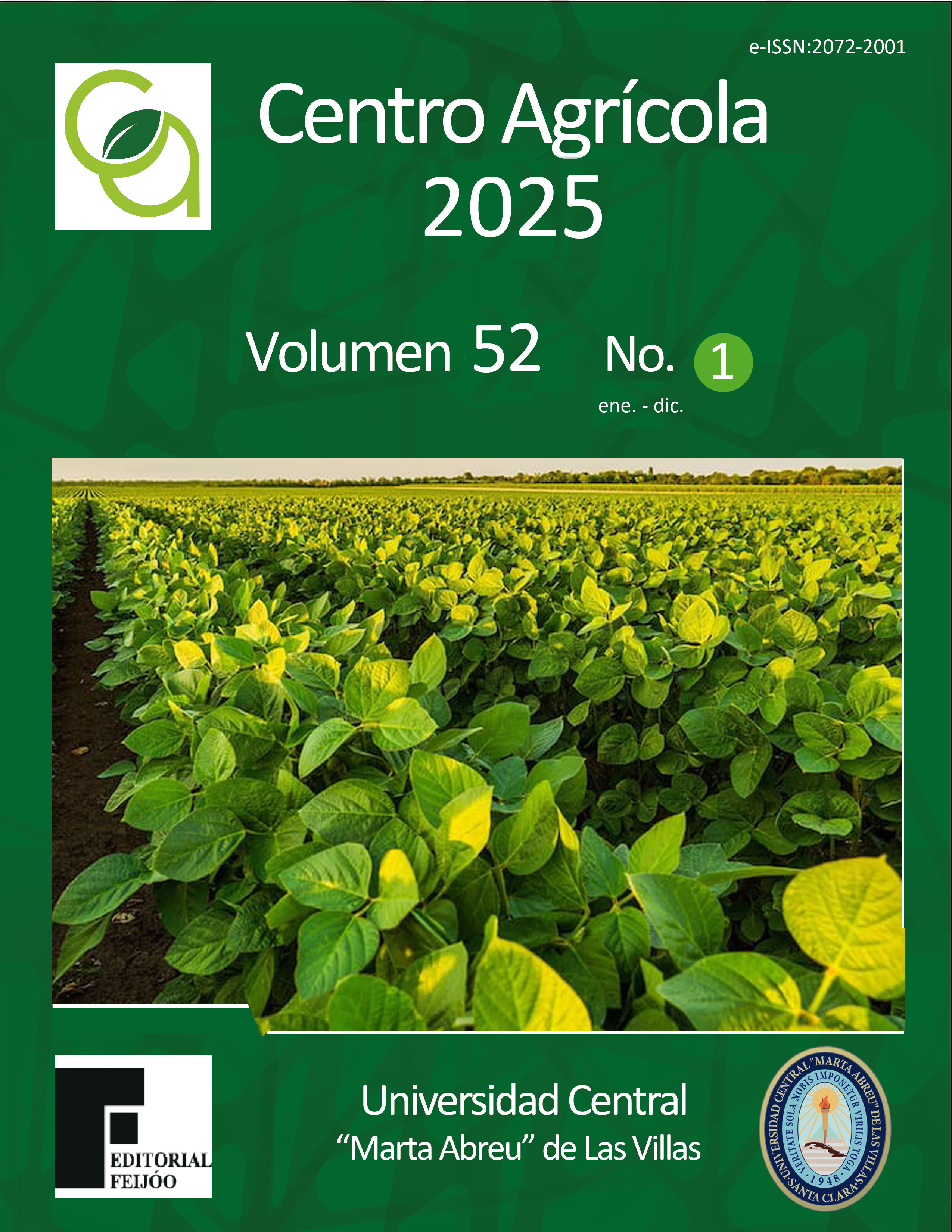CF: cag042222362
ARTÍCULO DE INVESTIGACIÓN
Secado artificial del Plantago major (llantén) y Justicia pectoralis var. ‘Pectoralis’ (tilo)
Artificial drying of Plantago major (plantain) and Justicia pectoralis var. ‘Pectoralis’ (linden)
Yaisely Orquídea Hernández Fernández*
Michely Vega León
Mirian Catalina Gordillo Orduño
Yurisleisy Duartes Morales
Leonor Pérez Rodríguez
Instituto de Investigaciones Fundamentales en Agricultura Tropical “Alejandro de Humboldt”, (INIFAT) MINAG. Calle 188, # 38754 e/ 397 y Linderos, Santiago de las Vegas, Boyeros, La Habana, Cuba
*Correspondencia: Esta dirección de correo electrónico está protegida contra spambots. Usted necesita tener Javascript activado para poder verla.
RESUMEN
El estudio caracterizó la dinámica de salida del agua durante el secado artificial del llantén (Plantago major L.) y el tilo (Justicia pectoralis J. var. ‘Pectoralis’). Los ensayos se realizaron a 40 °C de temperatura y 50 % de humedad relativa. Se estableció inicialmente el flujo postcosecha y la determinación del contenido de humedad inicial de cada planta por el método gravimétrico. La caracterización cinética se realizó a partir de las determinaciones de las constantes de secado y los coeficientes de difusión de cada especie. Las constantes de secado fueron obtenidas a partir del ajuste matemático de cinco modelos y el coeficiente de difusión se obtuvo a través de la solución analítica de la segunda ley de Fick. La ecuación de mejor ajuste fue la Henderson y Pabis. Dicho modelo caracterizó la pérdida de humedad en el tiempo cuando se emplea una tecnología con 40 °C de temperatura y 50 % de humedad relativa y describió el mecanismo de difusión que ocurre en las hojas de las especies en estudio. La duración del secado del tilo en 45 h a diferencia del llantén que demora 77 h, se asocia a los pocos puntos de adsorción con enlaces relativamente fuertes que presenta la planta. Los resultados constituyen un aporte al conocimiento que permite optimizar los procesos de secado de las especies en estudio en las condiciones tecnológicas de Cuba.
ABSTRACT
The study characterized the water outflow dynamics during the artificial drying of plantain (Plantago major L.) and linden (Justicia pectoralis J. var. ‘Pectoralis’). The trials were conducted at 40 °C temperature and 50 % relative humidity. The post-harvest flow and the determination of the initial moisture content of each plant were initially established by the gravimetric method. The kinetic characterization was carried out based on the determination of the drying constants and diffusion coefficients of each species. The drying constants were obtained from the mathematical adjustment of five models and the diffusion coefficient was obtained through the analytical solution of Fick’s second law. The best-fitting equation was the Henderson and Pabis equation. That model characterized the moisture loss over time when using a technology with 40 °C temperature and 50 % relative humidity and described the diffusion mechanism occurring in the leaves of the species under study. The drying time of linden is 45 h as opposed to plantain, which takes 77 h, is associated with the few adsorption points with relatively strong bonds that the plant presents. The results constitute a contribution to the knowledge that allows optimizing the drying processes of the species under study in the technological conditions of Cuba.



